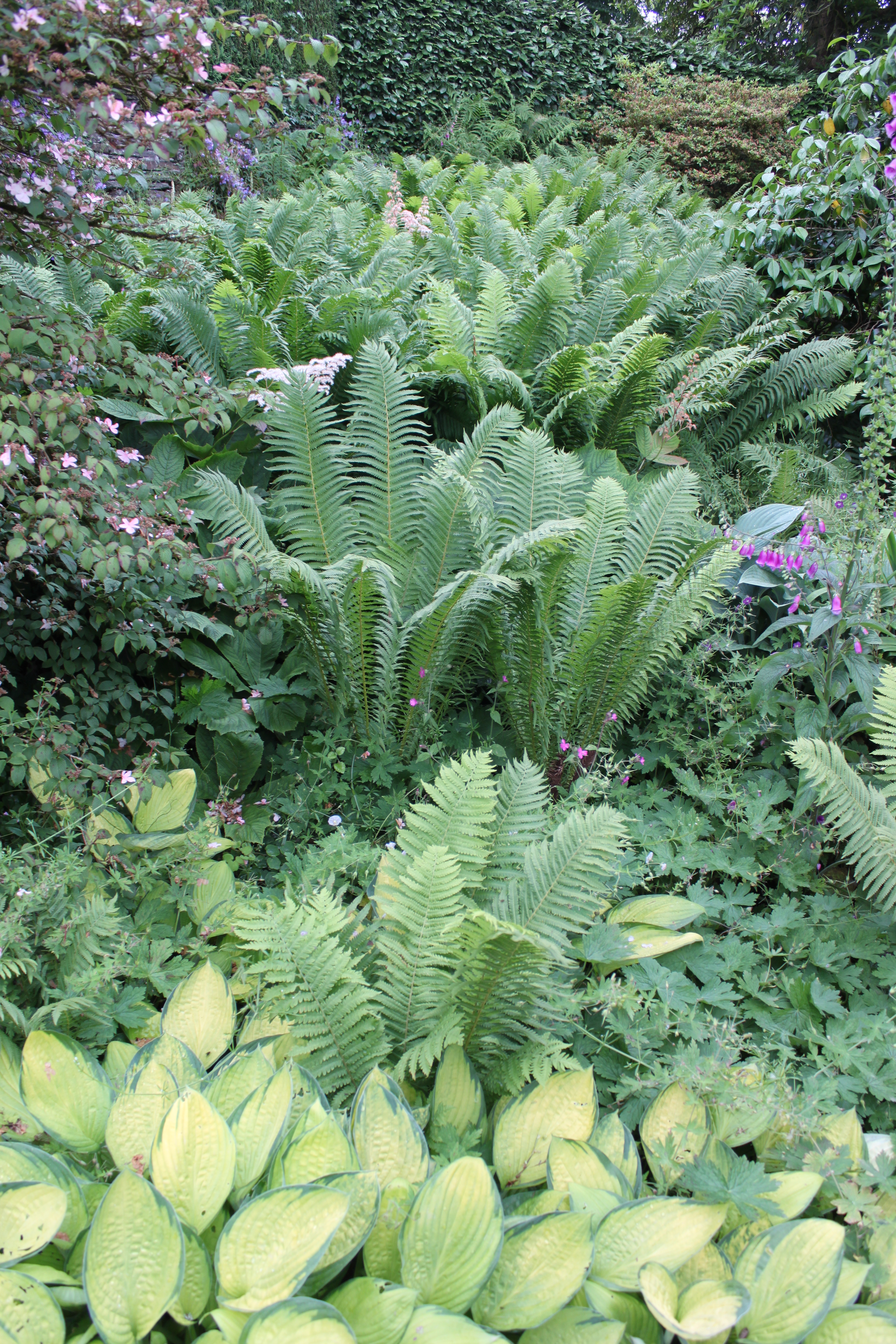Physical characteristics
A
Flowers and foliage
The showy parts of this fern are the finely dissected medium
Preferred site
Best in humus-rich neutral to slightly acidic soil with constant moisture. Prefers cool climates and is generally in tolerant of the hot and humid summers.
Preparation for planting
Plant when the soil is moist and warm in autumn or early spring so that a good root system develops to support vigorous new growth. Remove all perennial weeds. Incorporate bark compost or other organic material. Before planting ensure the root ball is saturated and remove the planter bag or pot with minimal root disturbance. Trim any broken roots and plant at the same level as in the container. Dig a hole twice the diameter of the root ball and firm in and water once planted. Make sure
Maintenance tips
Apply mulch
Groom
Watering through the summer months maybe necessary.
Pests and diseases
Generally pest and disease free
Location at Auckland Botanic Gardens
TBC




.jpg?width=1200&height=1200&v=1d4024dceb89e50)

.jpg?width=1200&height=1200&v=1d5569224d63650)
 .jpg?width=1200&height=1200&v=1d4024df6ce2770)
.jpg?width=1200&height=1200&v=1d55676a892f2b0)
 .jpg?width=1200&height=1200&v=1d4024e3b65f7f0)